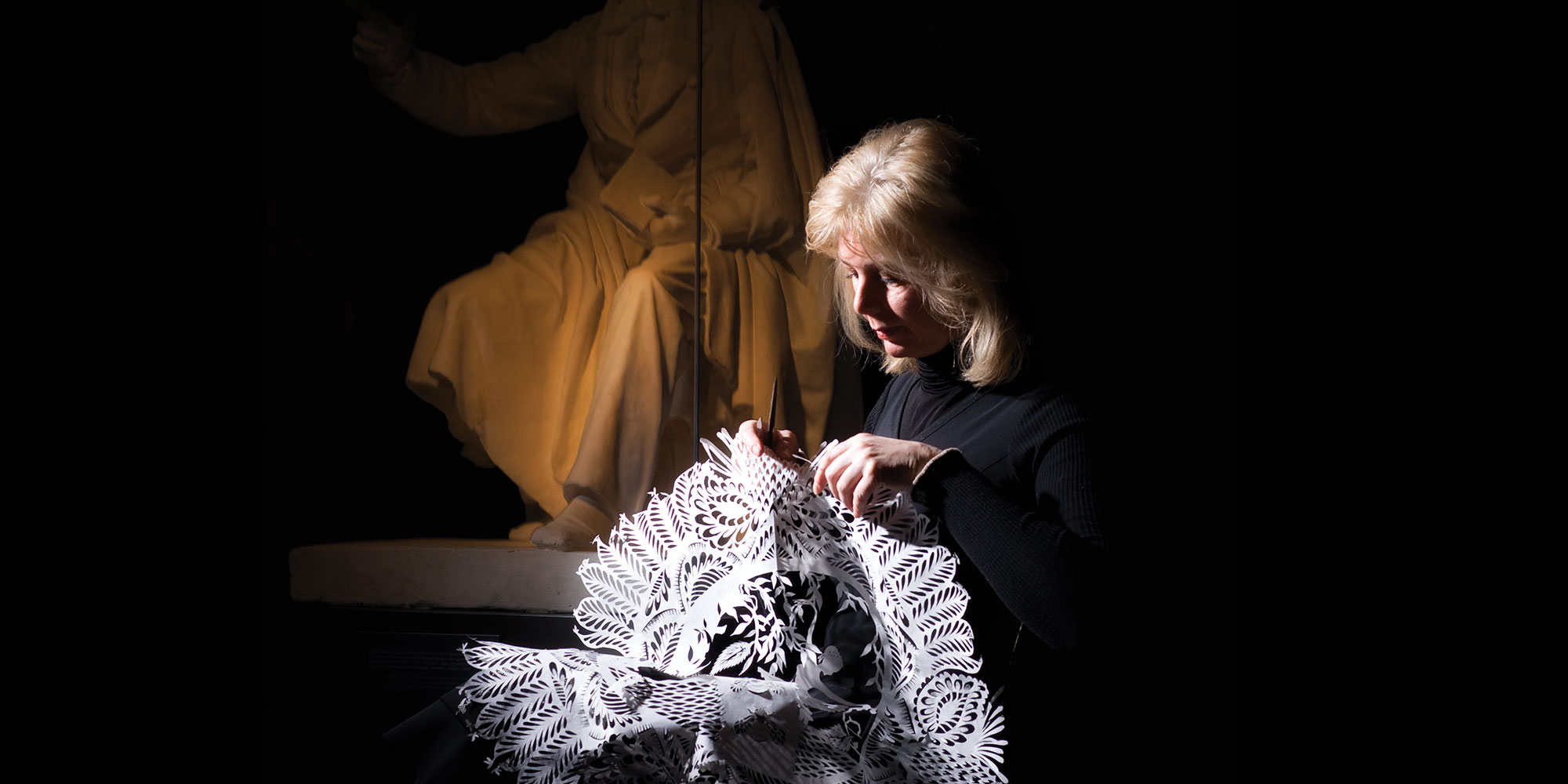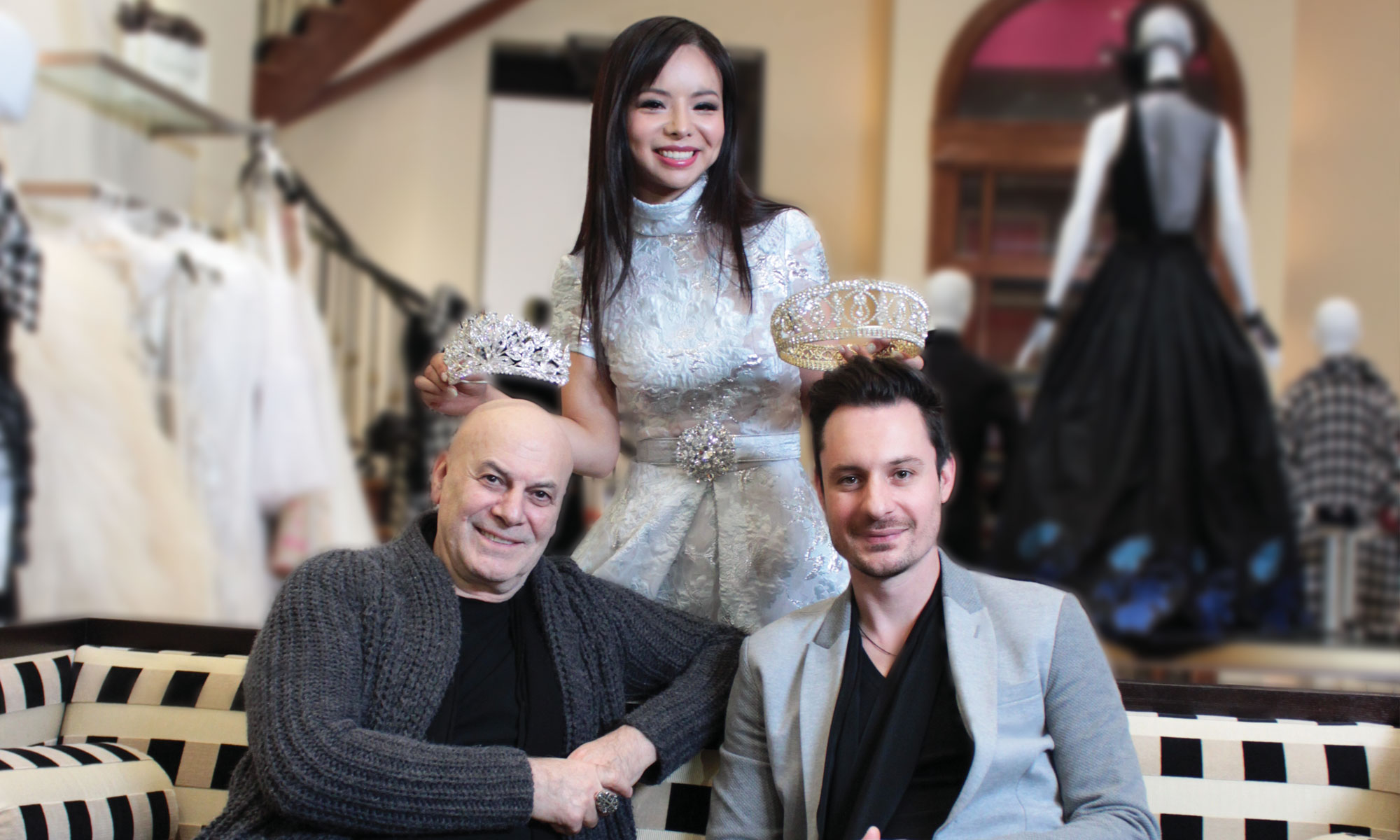
A Quest to Uncover the World’s Healing Treasures
Paul Hennessey creates wellness environments that blend ancient and modern methodologies.
- Text by J.H. White
“Social media, emailing, checking notifications — it’s creating a feeling of loneliness and disconnection, especially in older generations,” says Paul Hennessey, founder of Circle Wellness Studios, which produces healing amenities that blend modern innovation with ancient materials and techniques. Finding a balance and downtime within our high-paced, stressful world is especially important.

His flagship product, the WelPod, is a personalized sauna-like cube, typically with two or more walls of heated Himalayan rock salt glowing a warm amber. Its refreshing ventilation mimics the properties of mist from a waterfall or the air just after it’s rained, containing negatively charged ions that have been shown to create a sense of wellbeing and relieve stress.
“Being a business owner and a pretty extroverted person most of the time, I need that balance, I need that time to myself,” he says.
Search for Purpose and Passion
Hennessey’s entrepreneurial journey began seven years ago with a quest around the globe to unearth the world’s best healing practices. His vision was “more than just a business — it’s a sense of purpose and passion,” he says.
His travels took him to Europe, where he discovered a “singing room” secreted away in a hidden hotel, sound vibration therapy that made his body buzz, and sacred salts crystallized with 150 million years of anti-aging properties.
In Asia, Hennessey learned the health benefits of charcoal, how to craft wooden tubs, and how to efficiently warm large rec-centre-sized spas.
Back in Vancouver, he compiled the ancient know-how and built upon it with modern innovations and local B.C. materials. He started Circle Wellness Studios to bring the resultant ultimate wellness spaces into people’s homes.
Embarking
Hennessey’s previous experience as a spa-amenities builder, ski patroller, and paramedic started him on this path. He had seen pools, hot tubs, and saunas often fall into disuse. He wondered, “Why aren’t we building things that can be more utilized 365 days a year, which can be tweaked and changed as we mature and get older and have different interests?”
Hennessey wondered if amenities weren’t being used because the experiences they provided were somehow unsatisfactory. He himself often wanted to stretch while in a sauna, but those spaces aren’t built for moving around, they’re built for sitting.
In 2010, Hennessey went to Europe on his wellness research-and-development tour. Friends and strangers alike helped him much on his adventure.
One German friend, Lars, lent Hennessey his little Volkswagen. With a list of spa addresses all over Europe to plug into the GPS, Hennessey set off on his journey. “It was a pretty epic time,” he says.
German’s Salts
His travels in Germany taught him much about salt. He learned that people who work in salt mines are healthier and live longer. While hacking away at the salt rocks for hours every day, they inhale vapours and trace minerals and also absorb them through the skin.
The salt has a plethora of therapeutic qualities — it sterilizes the air, draws in dust, and its high mineral content prevents bacterial growth. Rock salt can also help treat progressive lung diseases like asthma and emphysema, Hennessey says.

Hennessey discovered a special cave in Germany that would elucidate the preciousness of salt. A group of doctors, naturopathic practitioners, and osteopaths pooled millions of dollars together to build a tunnel to a salt mine. The mine became a healing cave.
People visit for two-week periods, most of them with illnesses they want to heal. Every morning and evening, they ride a mining cart 4 kilometres down this man-made tunnel to spend time inside the salt cave, a healing cocoon enhanced with gongs and saltwater falls.
Hennessey got a private tour. Lying there alone amidst 75 empty lounge chairs, he felt the pulse of the gong the tour guide had hit, echoing off the “purply-pink-orangey” salt crystal walls. “I was actually vibrating. I was laughing out loud and thought, ‘I can’t believe this place — this is so crazy.’”
“My experience was otherworldly,” he says. “That was a huge eye-opener for me — this material makes so much sense to use. It was energetic being surrounded by it.”
Hennessey says that was the moment he knew healing salts would be a part of his future wellness environments. He later put his own intuitive touch on the use of salt, deciding to heat the Himalayan salt walls in his WelPods.

“Salt, when heated, creates negative ions, which can battle some of this wireless electricity. All the waves that are crossing through the environment around us — negative ions can help to counteract all these different frequencies,” he says. The negative ions are part of what makes the air invigorating if you’re walking in the forest after it’s rained, or if you’re near the sea. “It’s physiologically beneficial to have in your environment,” Hennessey says.
Swiss Sounds
He continued on to Switzerland to visit the famed wellness hotel Therme Vals. The hotel’s spa is built into a hillside, and as Hennessy walked into it through a long, dark tunnel, he heard a soft buzzing as motion sensors kicked in and low lights illuminated his path.
“It’s this ethereal, amazing experience — it’s like a different world,” he says. “The way that it was all laid out was so intelligent and experiential.” His favourite part was the Singing Room, something visitors often miss during their stay.

“It’s this secret room — you have to swim through this little corridor while you’re in the bath [to reach it],” he says. “The surface material they use in this room and the water create sound resonance. When you make any sound, it gets carried and spun and amplified in the environment. It was like a dream.”
Hennessey would later incorporate the healing power of sound in his WelPod, which emanates a balanced sound and vibration from its walls.

“The spa manager at Therme Vals gave me a tour of all the back rooms, how the whole system behind the walls works — the filtration, the pumps, all the mechanical stuff, which I was really interested in,” Hennessey says. “She was really helpful. I got the same kind of experience talking to all these people who managed, designed, or worked at these spas all around Europe.”
Ancient Heritage from the East
Hennessey’s travels to Korea and Japan were equally impactful, opening his mind to new therapeutic materials and different ways to build more functional therapeutic spaces.
Historically in Korea, people would gather at charcoal kilns to bathe. The heat from the kiln created a sauna-like environment. This evolved over time into the massive jjimjilbangs found in Korea today.
Hennessey describes jjimjilbangs as “therapeutic hostel rec centres.” The “hostel” part refers to how people sometimes sleep at jjimjilbangs when away from home; they have the feel of a communal space.

Unlike the small-scale saunas to which we are accustomed in the West, these are multi-level, open spaces. Hennessey had wanted to create a larger space for people to stretch or do yoga. He wondered how on earth they could efficiently be kept so hot.
“They are the originators of these in-floor heating systems, hydronic heat, which is water piped through the floors — that was really interesting,” he says. While in Korea, Hennessey visited heating manufacturers to learn more in depth about their technology, which he later incorporated into the floor-heating of his WelPods.
While in Asia, Hennessey also learned the ancient, time-consuming, and delicate techniques used to create therapeutic charcoal. “It’s known to absorb and remove toxins, neutralize odours, and emit infrared rays when it’s heated,” he says.
He salvages local West Coast wood from the arbutus tree, a hardwood tree, to create the charcoal. “It’s a very invested and intense process to create that much charcoal that looks that pretty, but it’s really breathtaking when you can be in an environment with that type of material on the surface.”
The blackened tree rounds add an earthiness that is both grounding and aesthetic.

Inspired for a Beautiful Life
Related Articles

Cutting Out Masterpieces
Discover the magical power of paper with Karen Bit Vejle, founder of the first Museum of Paper Art in Europe.

Healing Travel
From meditation to holistic spas, enhance your well-being at these six wellness treatment destinations.

In the Nick of Time
Haute Couture Designers who came to the rescue of Miss World Canada, Anastasia Lin








